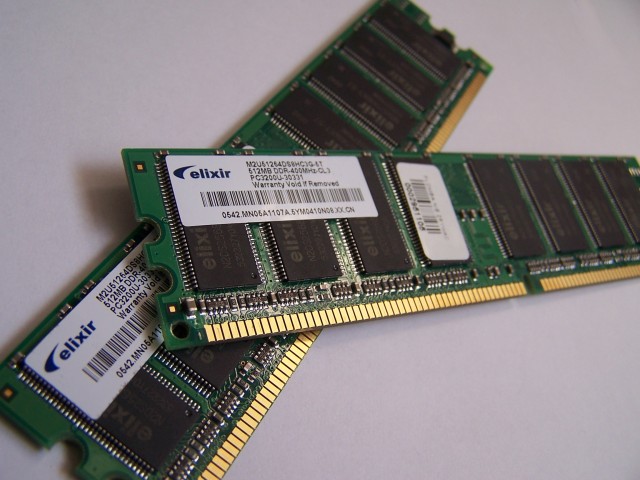The Galaxy S III was widely tipped to possess a Wolfson digital-to-analog converter for high quality audio output — a feature not seen in this range since the first Galaxy S. That notion has just been confirmed by the Scottish electronics firm itself, which says its WM1811 Audio Hub has been selected for use in Sammy’s flagship. The chip promises “crystal clear voice call quality” and “enriched audio playback for music and video” thanks to its 24-bit hi-fi DAC, active noise reduction circuits and other wizardry. The GS II, meanwhile, used a Yamaha DAC to convert digital data (e.g. in an mp3 file) into an analog signal that could drive a speaker (for example in your headphones), but even if most people couldn’t hear the difference, audiophiles have insisted they preferred the sound in the older Galaxy. The only question remaining, which the PR after the break does not expand upon, is whether the Wolfson hardware is found in all variants of the new phone. Check out the More Coverage links for further reading.
from Engadget






